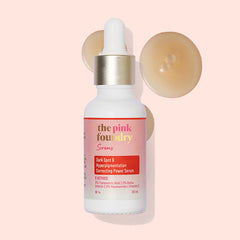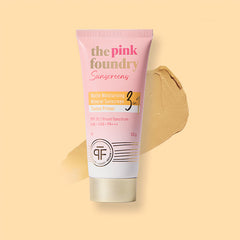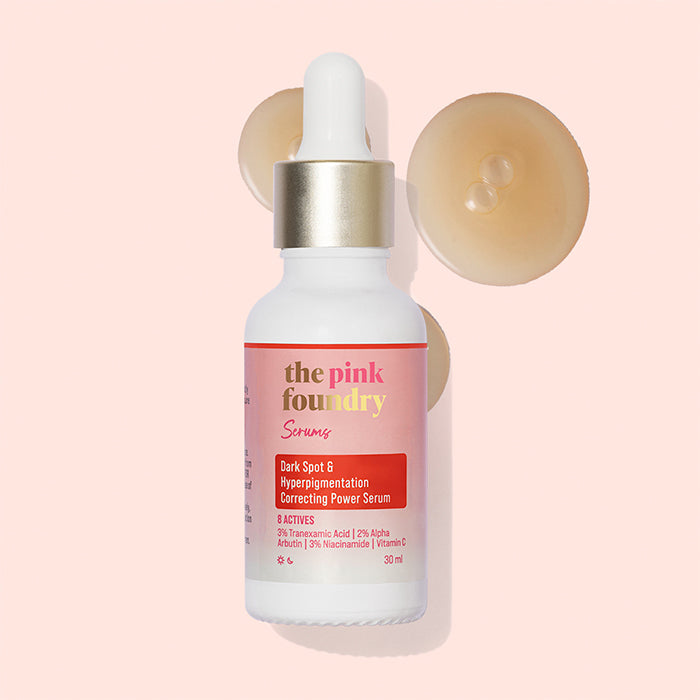Understanding Pigmentation Treatment: A Comprehensive Guide
Skin pigmentation is the color of our skin, hair, and eyes, induced by the pigment melanin. Although it is a natural and fundamental aspect of our appearance, uneven or extreme pigmentation can grow into a concern. This article explores the different types of pigmentation and the necessary aftercare and prevention methods.
Types of Pigmentation
Skin blemishes can manifest in distinct manners. Hyperpigmentation arises when particular regions of the skin produce a surplus of melanin, resulting in dark stains or patches. Determinants like sun exposure, hormonal changes, aging, or skin bruises can advance the growth of hyperpigmentation.
Hypopigmentation is the reverse, where melanin decreases or lacks in certain regions, culminating in lighter patches or marks. Conditions like vitiligo or post-inflammatory reactions can cause hypopigmentation.
Melasma is a distinct form of hyperpigmentation brought on by hormonal fluctuations, commonly occurring during pregnancy or when using hormonal contraceptives. It typically manifests as brown or gray-brown patches on the facial skin.
Also Read: 7-8 Steps of How to Reduce Skin Pigmentation on Face
Treatments of Pigmentation
The various skin pigmentation treatments are as follows:
1. Topical Treatments
Topical treatments are the mildest approach and are usually the first defense against pigmentation on the face. The Dark Spot & Hyperpigmentation Correcting Power Serum is one of the finest skincare products to deal with the issue of pigmentation. It contains a combination of 8 active ingredients like Tranexamic acid, Alpha arbutin, Vitamin C, Niacinamide and much more to enhance brightness and reduce skin discoloration.
Niacinamide works wonders to promote an even skin tone, leaving behind a radiant and smooth texture that you'll love to touch. It also boasts impressive anti-inflammatory properties that soothe and calm irritated skin, revealing a complexion that's refreshed and revitalized. Additionally, it works wonders in regulating sebum production, making it a game-changer for those struggling with oily skin concerns.
2. Chemical Peels
Chemical peels employ a specialized solution to eliminate pigmented skin cells from the uppermost layer. These peels come in milder and more intensive concentrations, determined by the extent of pigmentation concerns.
3. Laser Therapy
Laser treatments employ focused light energy to target and break down the extra melanin in the affected areas. This method aids in evenly distributing pigmentation, resulting in a more balanced complexion. Laser treatment proves especially proficient in addressing certain types of pigmentation, like sunspots and age spots.
4. Microdermabrasion
Microdermabrasion is a gentle and non-intrusive technique that employs a handheld device to exfoliate the skin's outer layer. It can help improve the appearance of mild pigmentation irregularities.
5. Intense Pulsed Light (IPL) Therapy
IPL therapy utilizes broad-spectrum light to target melanin and break down pigmentation irregularities. It is particularly useful for treating sun damage and certain types of hyperpigmentation.
Aftercare and Prevention of Pigmentation
Skin pigmentation, also known as hyperpigmentation, occurs when definite patches of the skin turn darker than the encircling areas due to the opulence of melanin. Different elements can influence this, in addition to exposure to sunlight, hormonal inconsistencies, redness, and skin wounds. Pigmentation skin care, minimizing melanin creation, and promoting skin healing are intrinsic to guaranteeing proper aftercare and hindering further pigmentation. Here are a few helpful tips:
1. Sun Protection
A vital aspect to remove pigmentation from face involves safeguarding against sun exposure. The sun's UV rays can worsen existing pigmentation problems and incite fresh ones. To shield against this, consistently apply sunscreen with a high SPF, use shade during peak sun, and utilize protective garments like long-sleeved shirts.
2. Consistent Skincare Routine
To observe gradual improvement over time, adhere to a steady skincare regimen comprising cleansing, moisturizing, and employing targeted pigmentation removal treatments. Consistency is crucial in achieving positive results.
3. Avoid Picking or Scratching
Avoid engaging in the habit of picking or scratching at pigmented regions or acne, as this may result in post-inflammatory hyperpigmentation.
4. Avoiding skin irritants
Exercise caution when incorporating new skincare products or treatments, as certain ones may irritate the skin and provoke pigmentation issues. It is advisable to avoid harsh chemicals that can cause inflammation.
5. Moisturization
Ensuring precise hydration for your skin can promote healing and overall health. Opt for moisturizers tailor-made to your skin type and enhanced with calming components like aloe vera or hyaluronic acid.
6. Treatment options
Seek professional guidance from a dermatologist to explore treatment choices for existing pigmentation. These options may encompass topical creams, chemical peels, microdermabrasion, laser therapy, or other procedures to address and lessen hyperpigmentation.
7. Hormonal control
In cases where hormonal changes play a role in pigmentation, such as melasma (common during pregnancy or when using birth control), consult your healthcare provider to effectively manage these hormonal fluctuations.
Conclusion
Pigmentation issues can be a source of frustration and concern for many individuals. However, with the right understanding and appropriate treatment, effective management of pigmentation concerns is possible.
In combination with a powerful mix of carefully selected ingredients, The Pink Foundry's Dark Spot & Hyperpigmentation Correcting Power Serum is the ultimate solution for achieving a flawless, radiant complexion. Experience the confidence that comes with having a clear and luminous complexion that glows with youthful vitality.
FAQs:
1. What causes hyperpigmentation?
It is caused by sun exposure, hormones, aging, and skin injuries.
2. Can hypopigmentation be treated?
Treatment options vary depending on the cause.
3. How can I prevent pigmentation?
Sunscreen, sun protection, and gentle skincare routines help prevent pigmentation.
4. Are chemical peels safe?
Yes, they are safe when performed by a trained professional.










